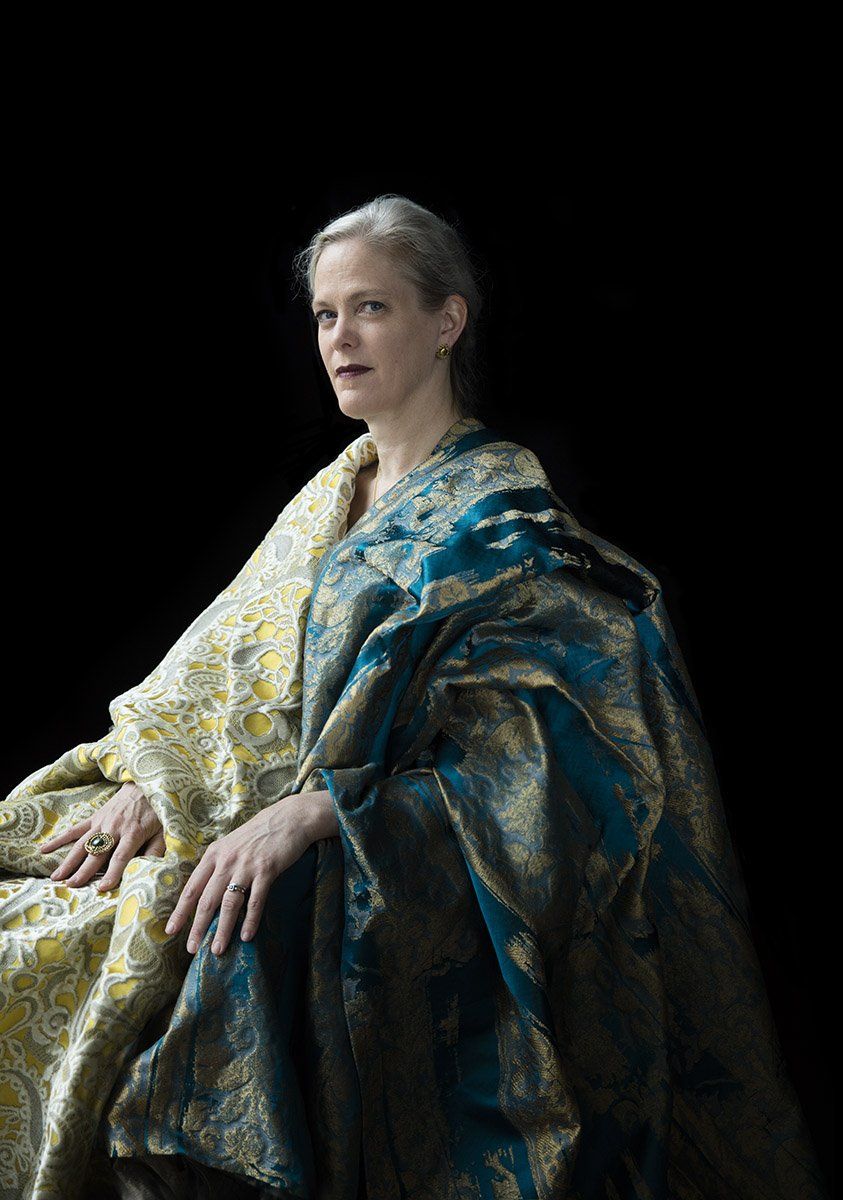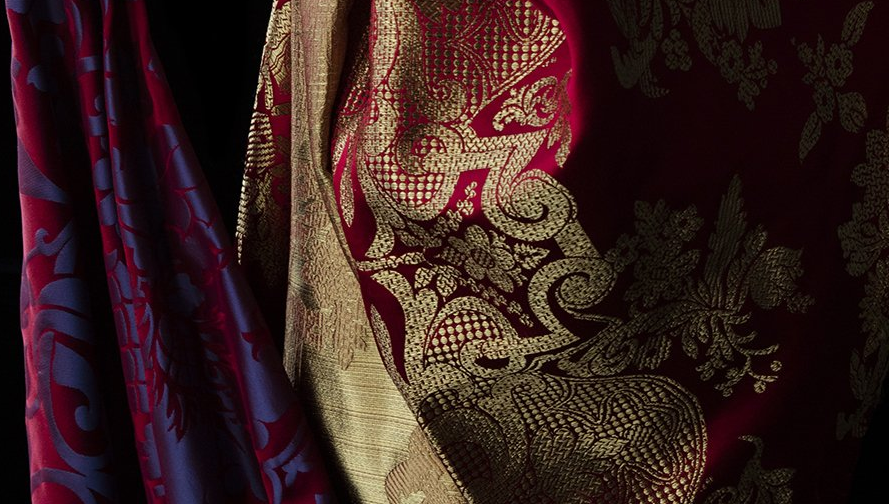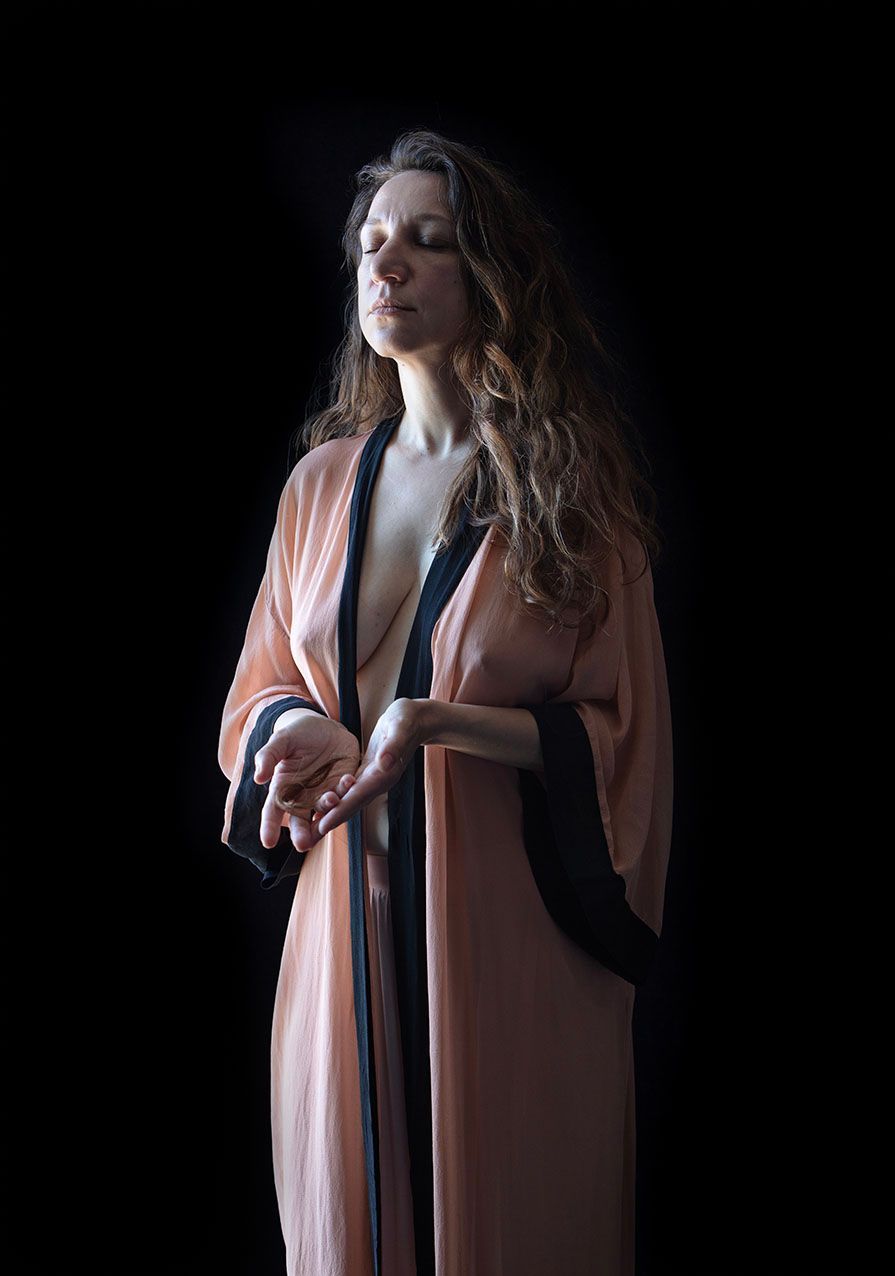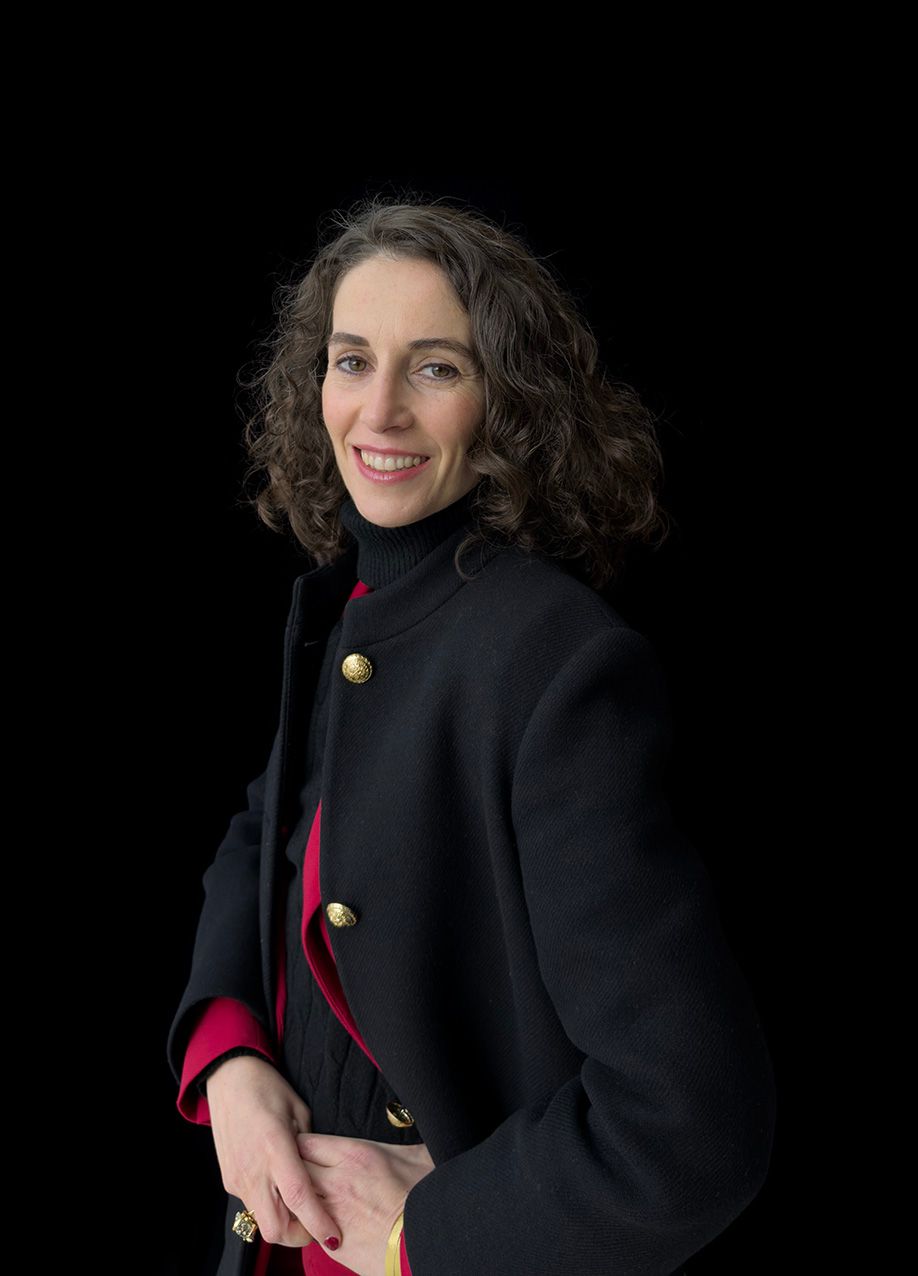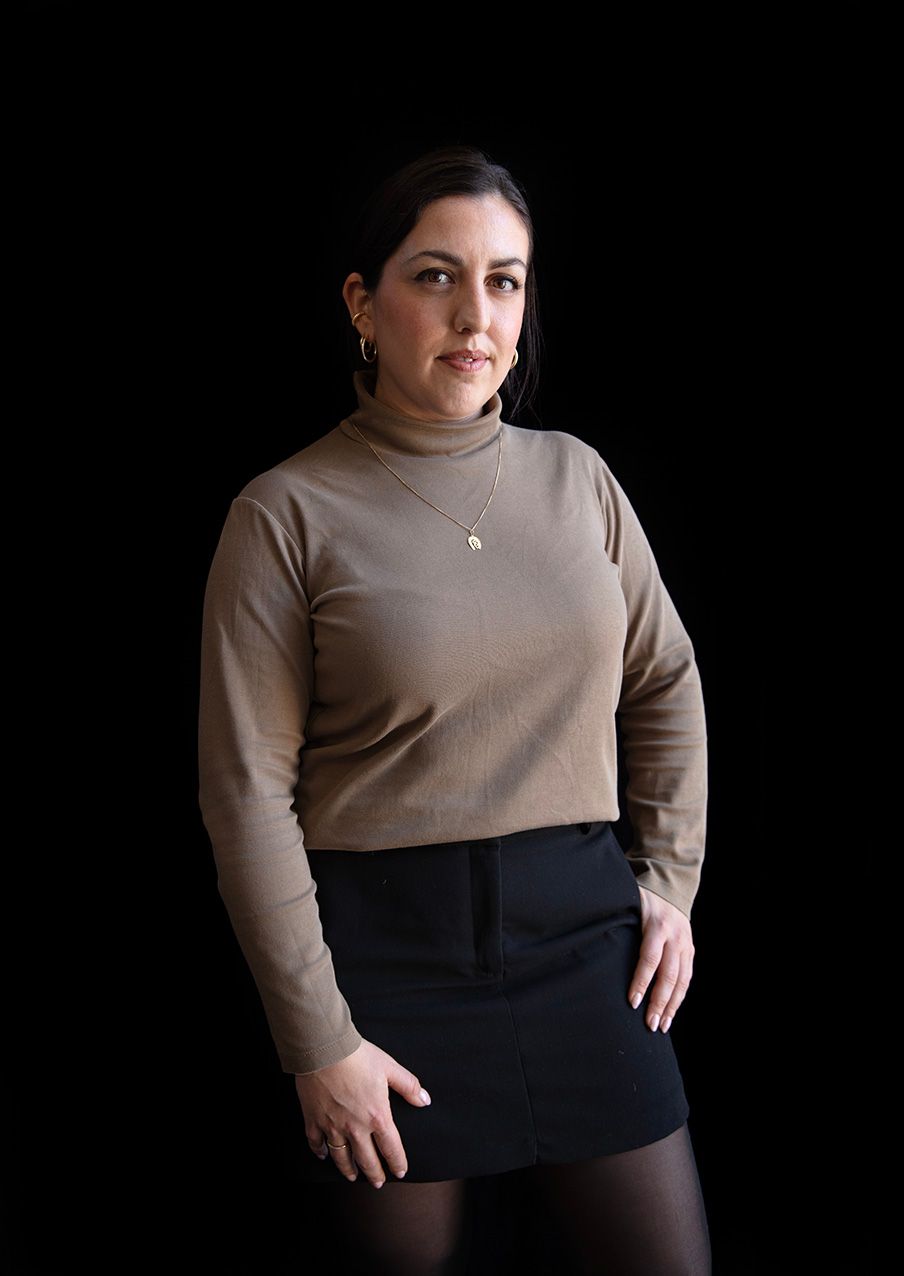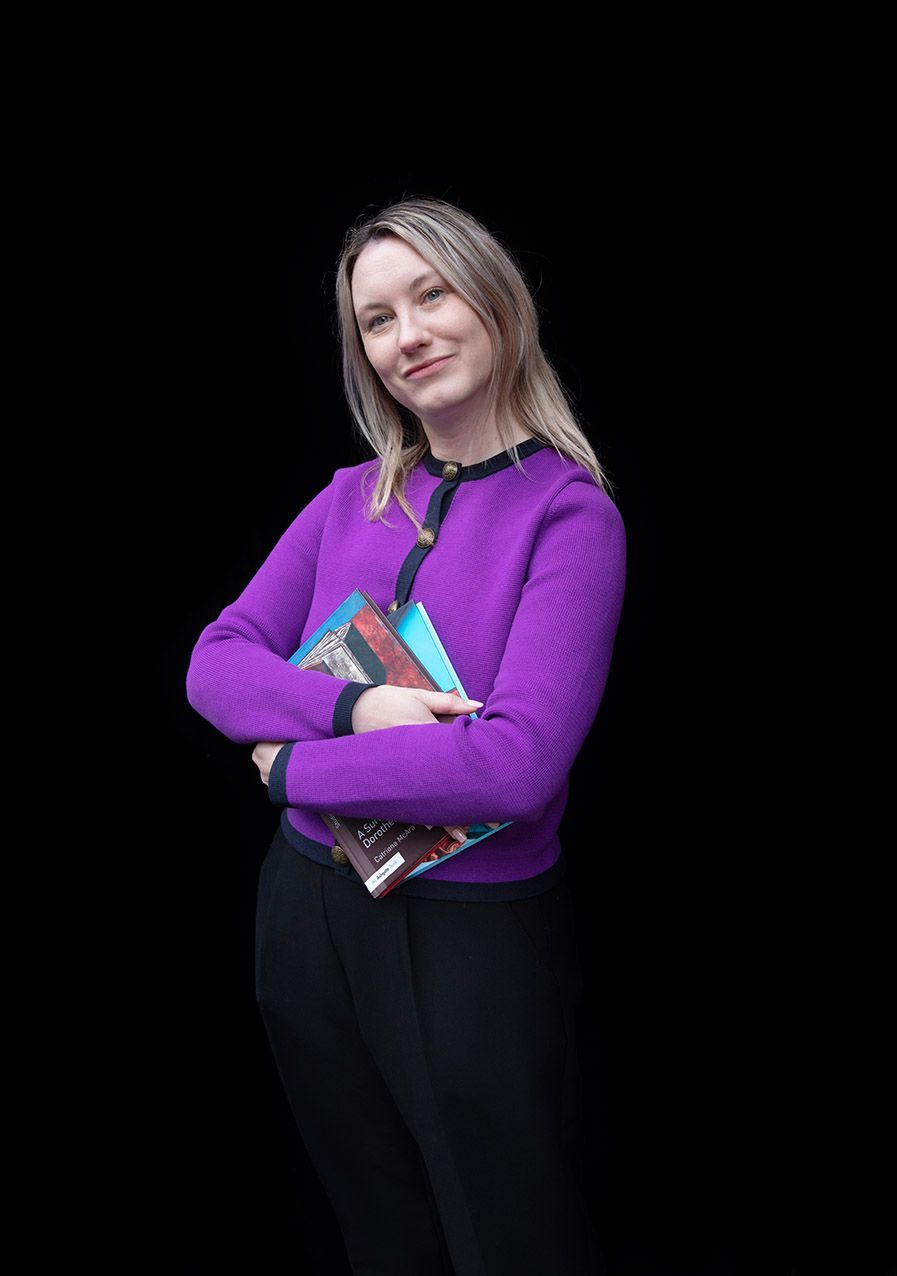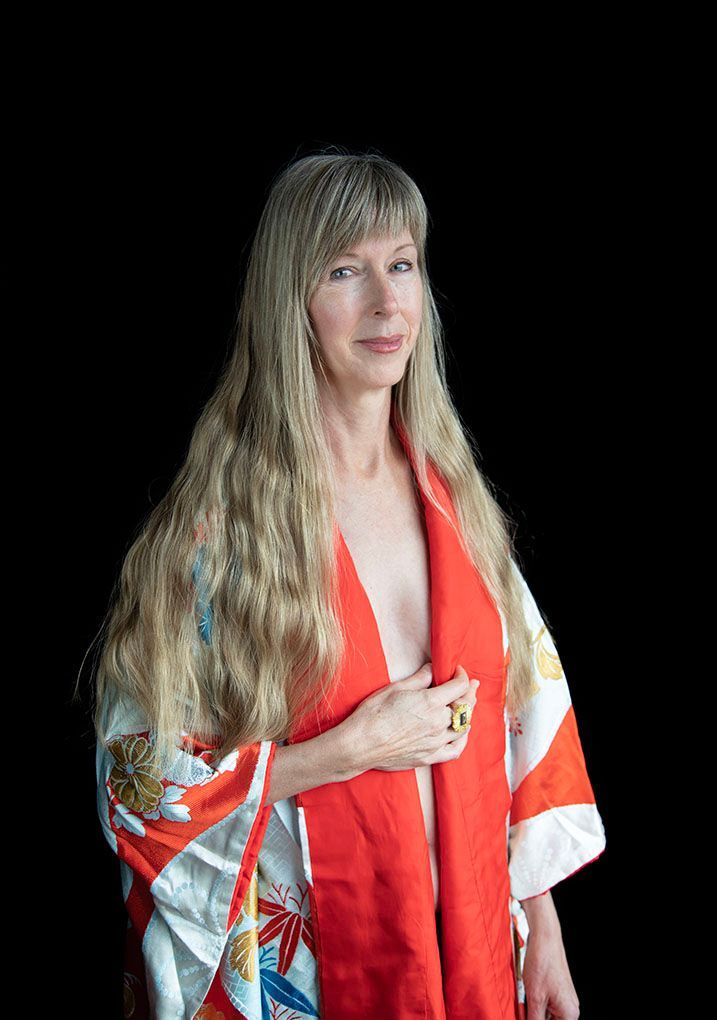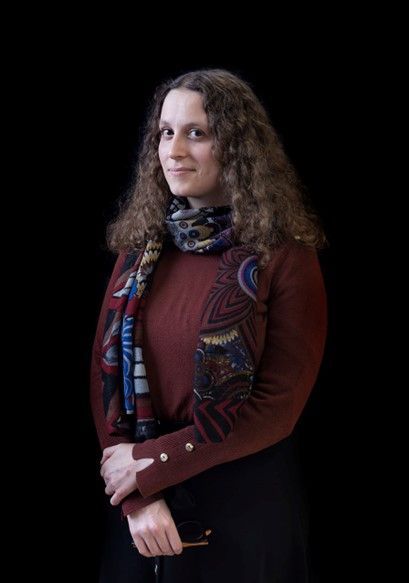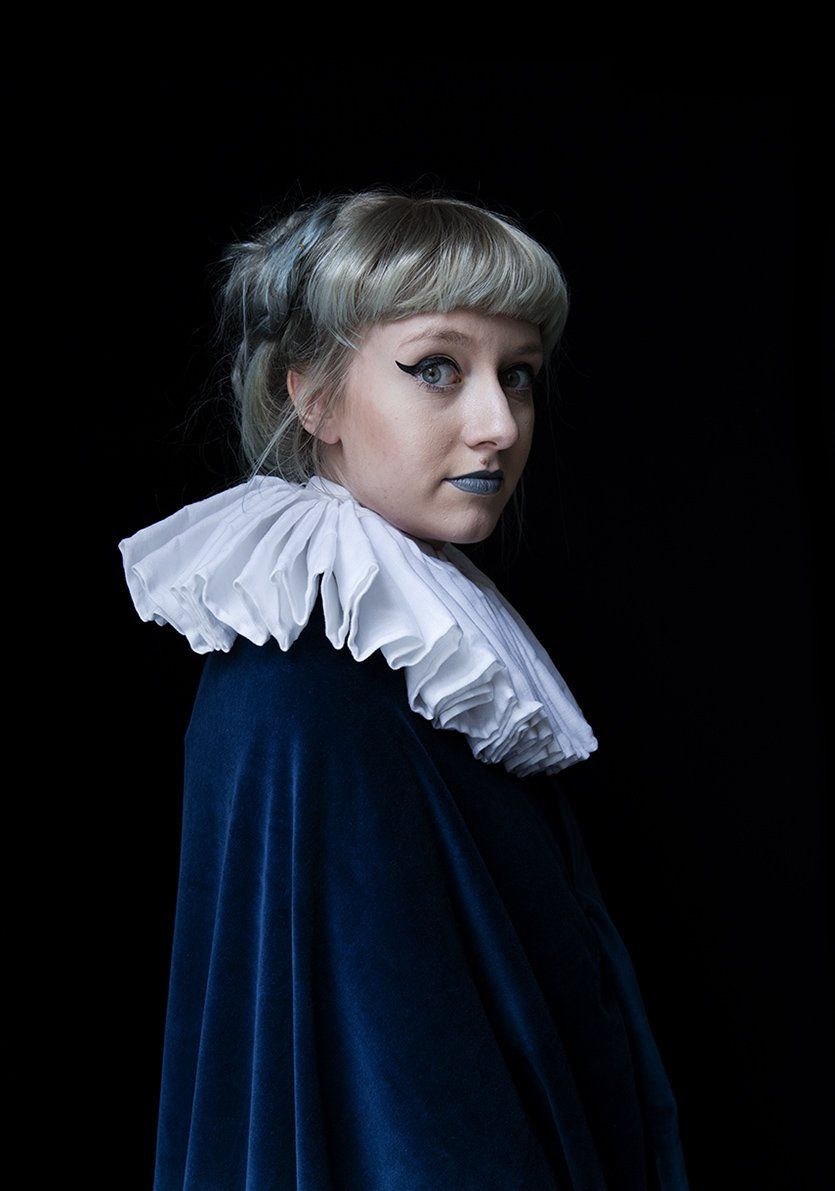Female Voices in Art: Carol Pottasch, Conservator of Old Master paintings at the Mauritshuis, The Hague
"Women should unite and support each other."
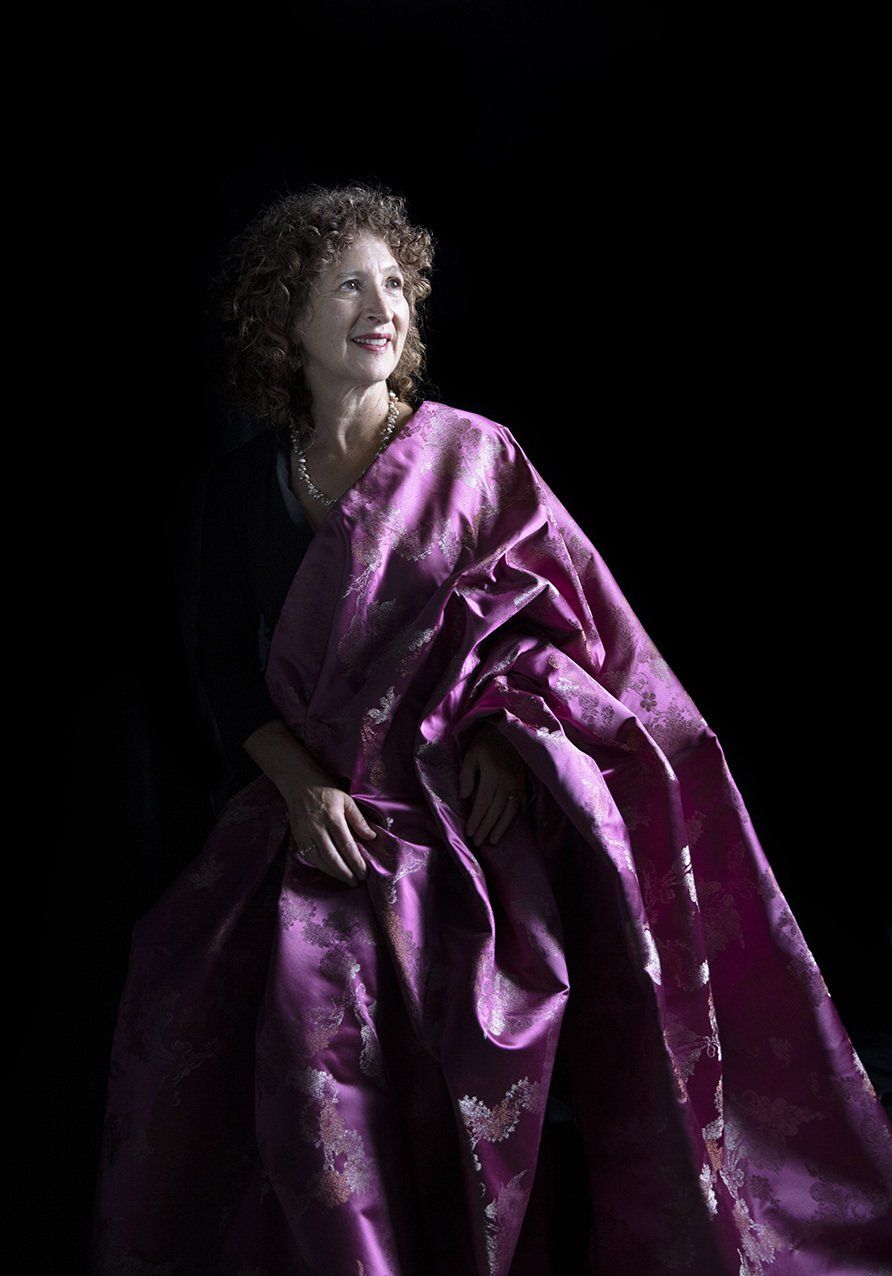
Carol Pottasch (b. 1958, Boulder, Colorado, US) is Paintings Conservator of Old Master Paintings at the Mauritshuis, The Hague. She joined the Mauritshuis in 1990, after two years at the conservation studio of the Frans Hals Museum in Haarlem and an extended internship at The Hamilton Kerr Institute in Cambridge. She holds a B.A. and a M.A. in Art History from the University of Groningen. She has published on the painting technique of a broad variety of artists, such as the Early Netherlandish Rogier van der Weyden, Dutch 17th century Johannes Vermeer, Frans Van Mieris, and Rembrandt, and 18th century Pellegrini and Adriaen Coorte.
Could you tell us something about your role in the art world?
I am an conservator of Old Master Paintings at the Mauritshuis. I am fortunate to perform research to discover how these paintings were created, which provides the context of how to restore these unique treasures.
I am also a committee member for the TEFAF Showcase and Museum Restoration Fund.
What did you enjoy about being a part of this project?
The focus on each individual woman and on women in the art world as a group. In other words, it made me feel special and at the same time part of the growing importance of women in this field. Women should unite and support each other.
Do you have a favorite artist?
Painting is the field of art I love most. Within that field I love the artists that appear to be able to paint effortlessly, and who can render their subjects convincing way and at the same time make me part of the image. To really feel the breeze in Vermeer’s Delft. There are many fascinating artists, such as Rogier van der Weyden, Lucas Cranach, Rubens and Rembrandt, but also Picasso and Marlene Dumas.
What is your earliest memory involving art?
When I was about five, I visited the Mauritshuis with my parents and grandmother. There were hardly any other visitors. I was a little bored and had lied down on the floor in a patch of sunlight coming through the window. Then, I had a conversation with my grandmother about why the men in the painting had wanted to be painted with a dead man. She made a game out of it, and we came up with all kinds of reasons.
Do you have any special thoughts about the position of women in the art world?
The art world, artists, dealer, trade, museums, art historians, nowadays it is a place where women increasingly have an important role, although high positions still often go to men. The female aspect has made it less elite.
What are you wearing, and is there a story behind it?
In the picture I am dressed in a beautiful drapery of a pink silk brocade of venetian fabric by Rubelli suggested to me by Carla. I had just treated a 15th century painting where the artist had rendered precious materials, such as silk brocade. The photo provided the opportunity to unravel time and understand the tactile part of the painting better and its implications to the contemporary viewer.
What impact had the health crisis on your daily practice?
The closing of museums made me realize how fortunate I was to work in one and how much comfort art can give. But it has also opened a whole new world of online possibilities, such as high res images and online tours.
Has it changed your views on Art?
It has underlined the importance of art and how daily live evolves around perception.
Have you created new initiatives and ways of working?
I try to spend more time at my desk at home as I realize that quietness and reflection are powerful means of working.
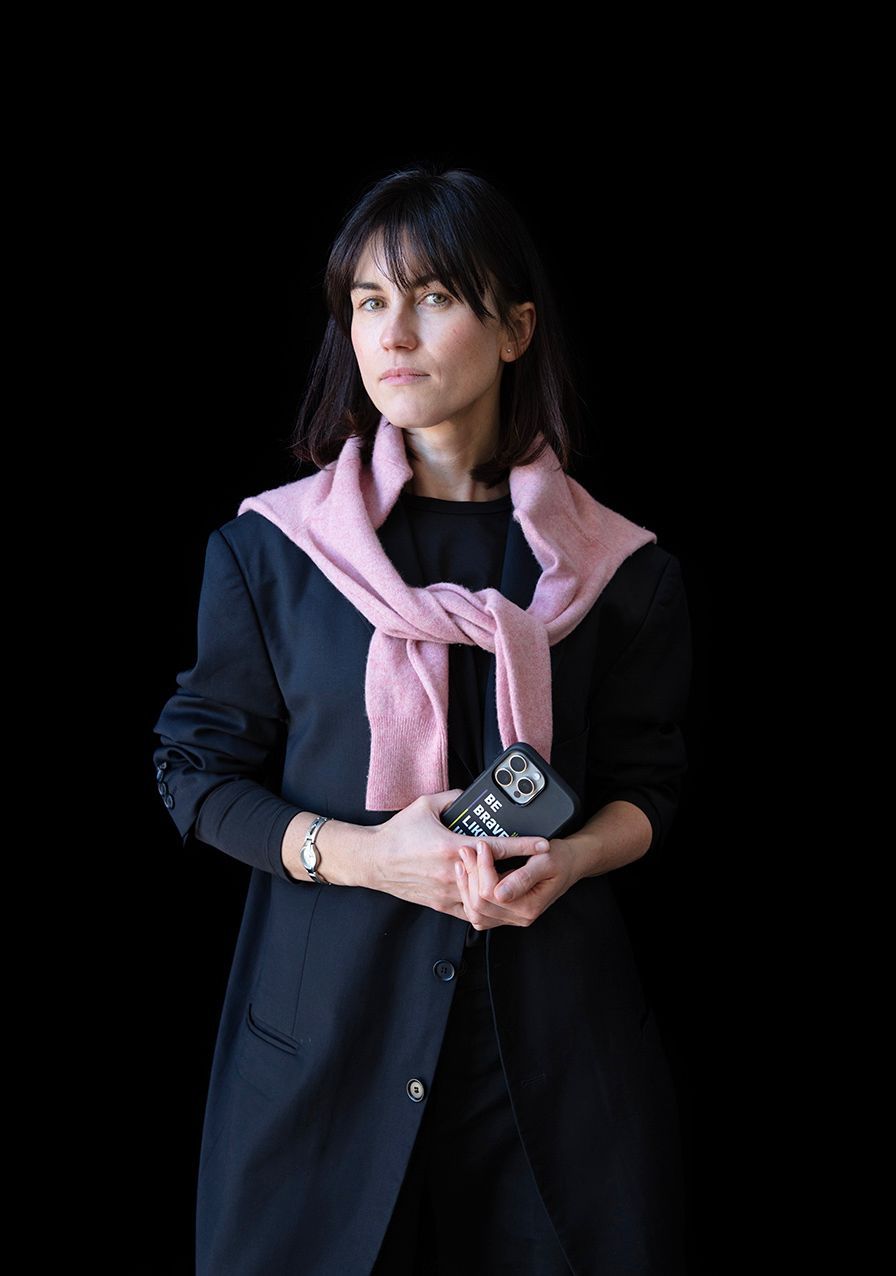
Female Voices in Art: Interview with Mariana Varchuk, Curator Khanenko National Museum of Arts, Kyiv
